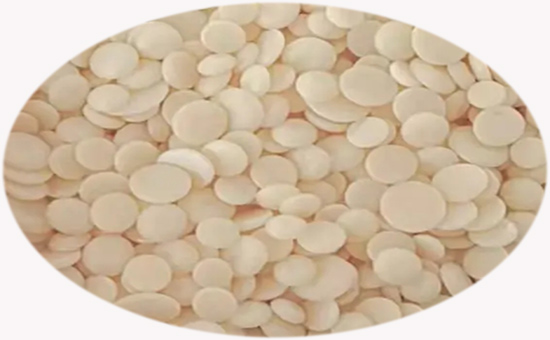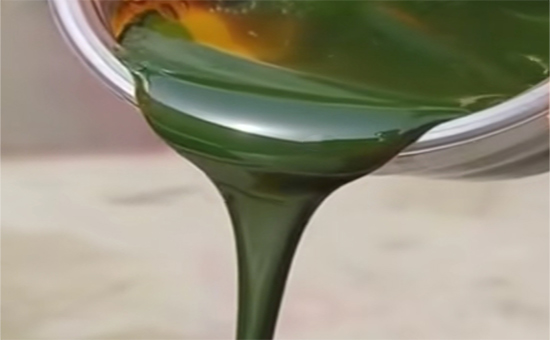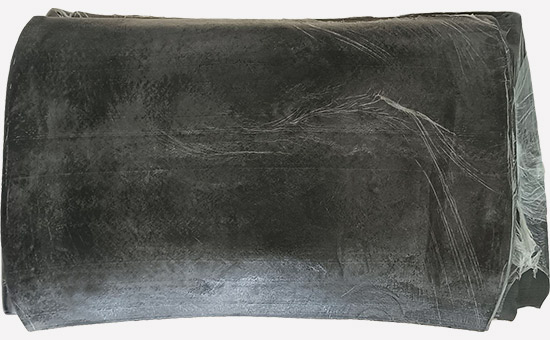The rational use of softeners in the production of recycled rubber products can not only improve the processing technology performance of rubber compounds, but also improve the physical and mechanical properties of products and reduce costs. In actual production, rubber softening and rubber plasticization are two different concepts, Xiaobian today to share with you the role of rubber softener and rubber plasticizer in reclaimed rubber, selection principles and commonly used softeners, plasticizer varieties.
1. Rubber softeners and plasticizers
(1) Rubber softener
The substances that play a softening role in the production of rubber products are softeners, and most of them are non-polar substances. Adding softener to non-polar rubber, the molecules of the softener enter the rubber molecular chain to play a softening role, which can increase the distance among rubber molecules, reduce the intermolecular force, enhance the activity ability of the chain segment, improve the flexibility of the molecular chain, reduce the glass transition temperature and reduce the viscosity. The essence of rubber softening is that the softener acts as a filler, or dilution in the rubber molecule.

(2) Rubber plasticizers
The substances that play a plasticizing role in the production of rubber products are called plasticizers, and they are mostly polar substances. Rubber plasticization refers to the effect of reducing the intermolecular force of polar rubber, improving the performance of processing technology, and improving the physical and mechanical E4LYY78 properties of rubber compounds. The polar groups on the plasticizer molecule interact with the polar groups on the rubber molecules, shield the action of the rubber intermolecular polar groups, reduce the rubber intermolecular force, enhance the activity ability of the chain segment, decrease the glass transition temperature, and increase the plasticity.
2. The main role of rubber softeners and plasticizers in recycled rubber products
(1) Improve the performance of processing technology
By reducing the intermolecular force, the powdered compounding agent can be better infiltrated with the reclaimed rubber and dispersed evenly, and the mixing process can be improved. By increasing the plasticity, fluidity and adhesion of reclaimed rubber compounds, the process of calendering, extrusion and molding can be improved.

(2) Improve physical and mechanical properties: reduce the hardness and tensile stress of reclaimed rubber products, improve the elasticity and cold resistance of vulcanized rubber, and reduce heat generation.
(3) Cost reduction: The price of softening plasticizers is low and energy consumption is low, which can further reduce the cost of recycled rubber products.
3. The selection principle of recycled rubber softening plasticizer
When choosing a rubber softening plasticizer, certain principles need to be followed to ensure its compatibility and effectiveness with rubber materials:
(1) The principle of similarity of polarity: usually polar rubber selects polar softening plasticizers, and non-polar rubber selects non-polar or very small polarity softening plasticizers, that is, the principle of "similar and miscible" is observed. For example, when natural rubber/latex reclaimed rubber is used together to produce rubber products, it is recommended to choose mineral softeners; Nitrile rubber/nitrile reclaimed rubber and glue with dibutyl ester or dioctyl ester is appropriate.

(2) The principle of similarity of solubility parameters: according to the principle of thermodynamics, the smaller the difference among the solubility parameters of rubber and the softening plasticizer, the similarity of solubility parameters, and the smaller the difference in intermolecular cohesion energy, which is conducive to the mutual diffusion of the molecular chains of the two to form a relatively stable interface structure, which is easy to mix evenly in appearance, showing good compatibility, and then achieving greater thermodynamic compatibility.
4. Commonly used softening plasticizers for recycled rubber
The softening plasticizers commonly used in recycled rubber products can be divided into the following types according to the source:
(1) Petroleum-based plasticizers: operating oil, three-line oil, transformer oil, engine oil, paraffin, petroleum jelly, asphalt and petroleum resin, etc.
(2) Coal tar plasticizers: coal tar, coumarone, coal pitch, etc.
(3) Pine oil plasticizers: pine tar, rosin, rosin oil, tall oil, etc.

(4) Fatty oil plasticizers: fatty acids, ointments, etc.
(5) Synthetic plasticizers: phthalates, aliphatic dibasic esters, fatty acids, phosphate esters, polyesters, etc.
Rubber softening plasticizer plays an irreplaceable role in the production of recycled rubber products, and it is very important to select the appropriate softener and plasticizer according to the principle of similar polarity and solubility parameters to ensure the performance and quality of recycled rubber products.
Exclusive original article [commercial authorization] reprint, excerpt and excerpt in any form are prohibited without written authorization. Focus on Hongyun rubber: learn the process formula and raw material technology of producing rubber products from recycled rubber to help you reduce costs and increase profits